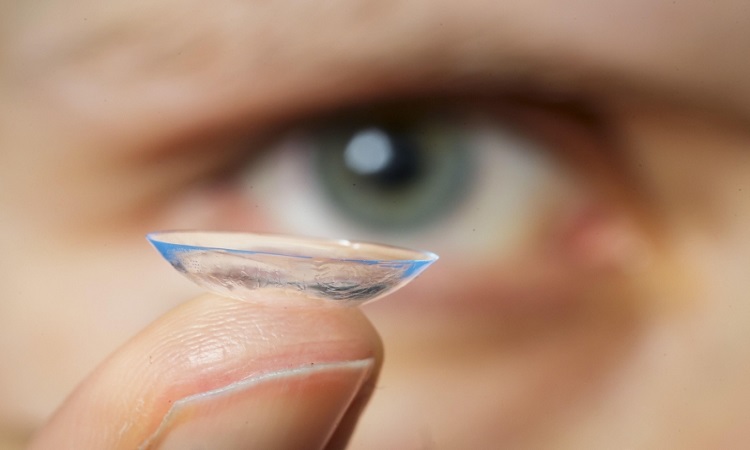Researchers at the University of California in San Diego (USA), led by ShenggiangCai, have developed a type of contact lenses that are soft robots, which are not controlled manually or by individual programs, but use signals electric produced naturally by the eyes to perform tasks that improve the ability of vision.
The contact lens is essentially a kind of thin saltwater bag that has polymers that extend at different points to act as if they were muscles. In this way you can change your focal length depending on the signals generated with the eye (movement up, down, left, right, blink and double blink); For example, it is programmed to zoom in on what is being viewed if the user blinks twice, and the same command is used to restore vision. Experts say the lens can increase the focal length a little more than 32%.
Since the lenses are powered from electrical signals, they should work even if the user cannot see, which could be useful to help create visual prostheses. “Even if their eyes can’t see anything, many people can still move the eyeball and generate this electro-oculographic signal,” said Dr.Cai for New Scientist.
Details of the research and development of the new contact lenses have been published in the Advanced Functional Materials magazine. Scientists hope that someday these lenses can be used in visual prostheses or adjustable glasses.




